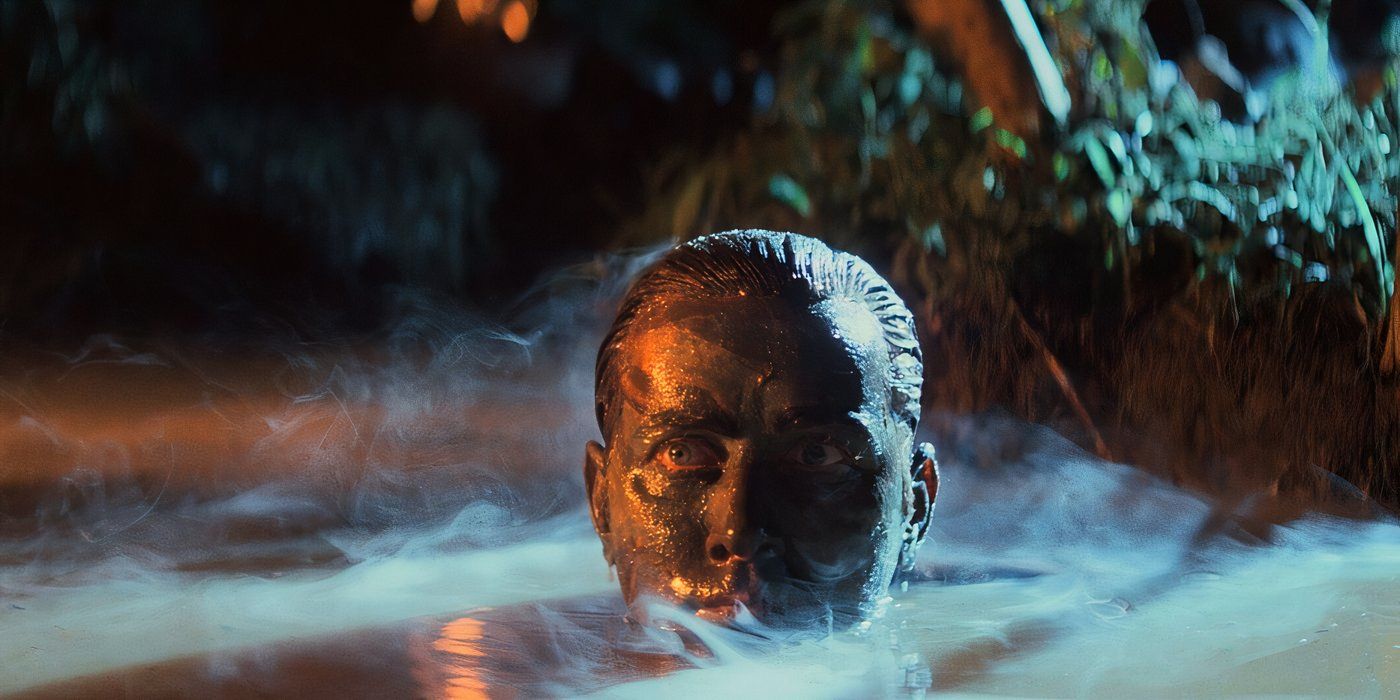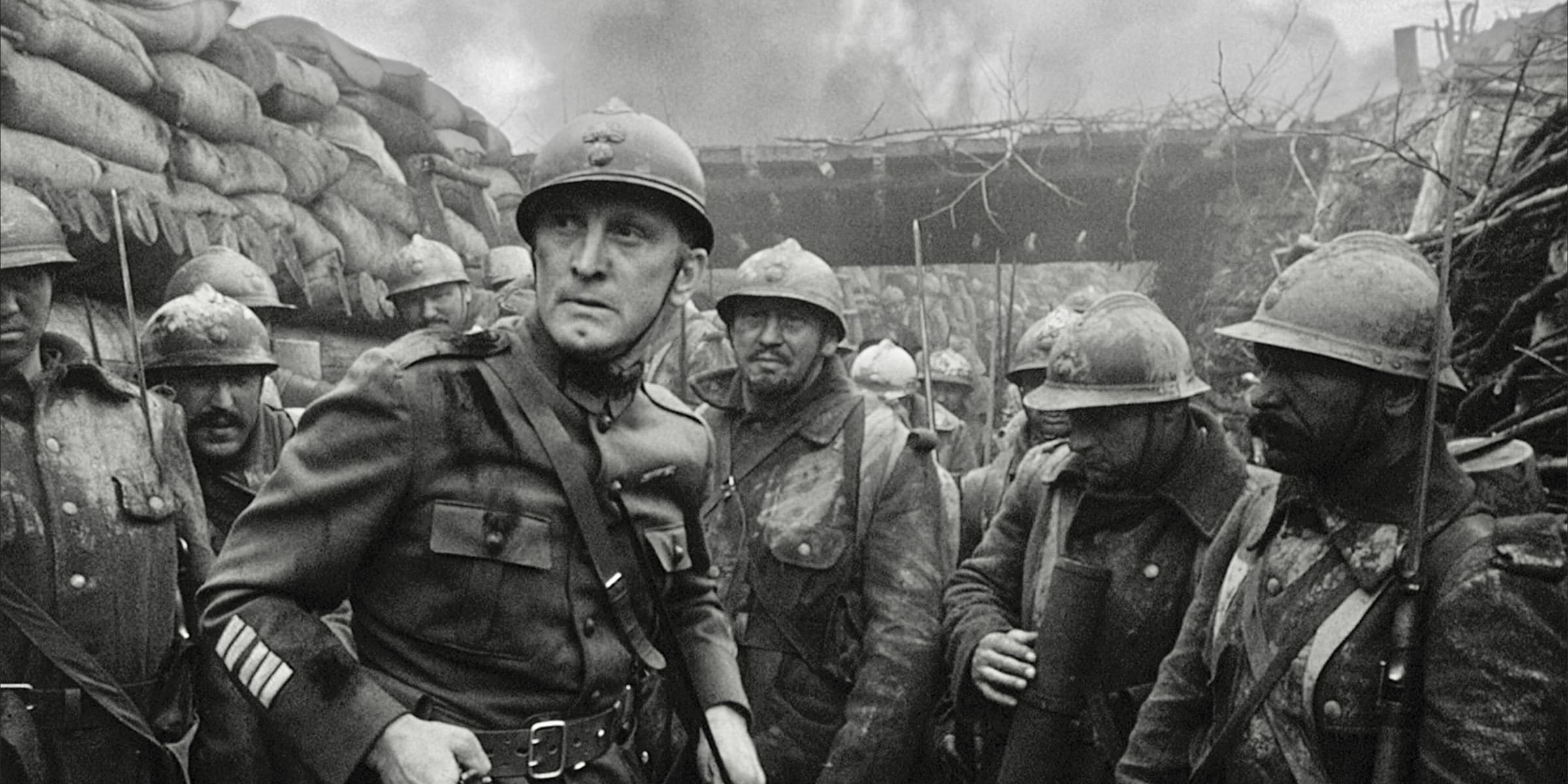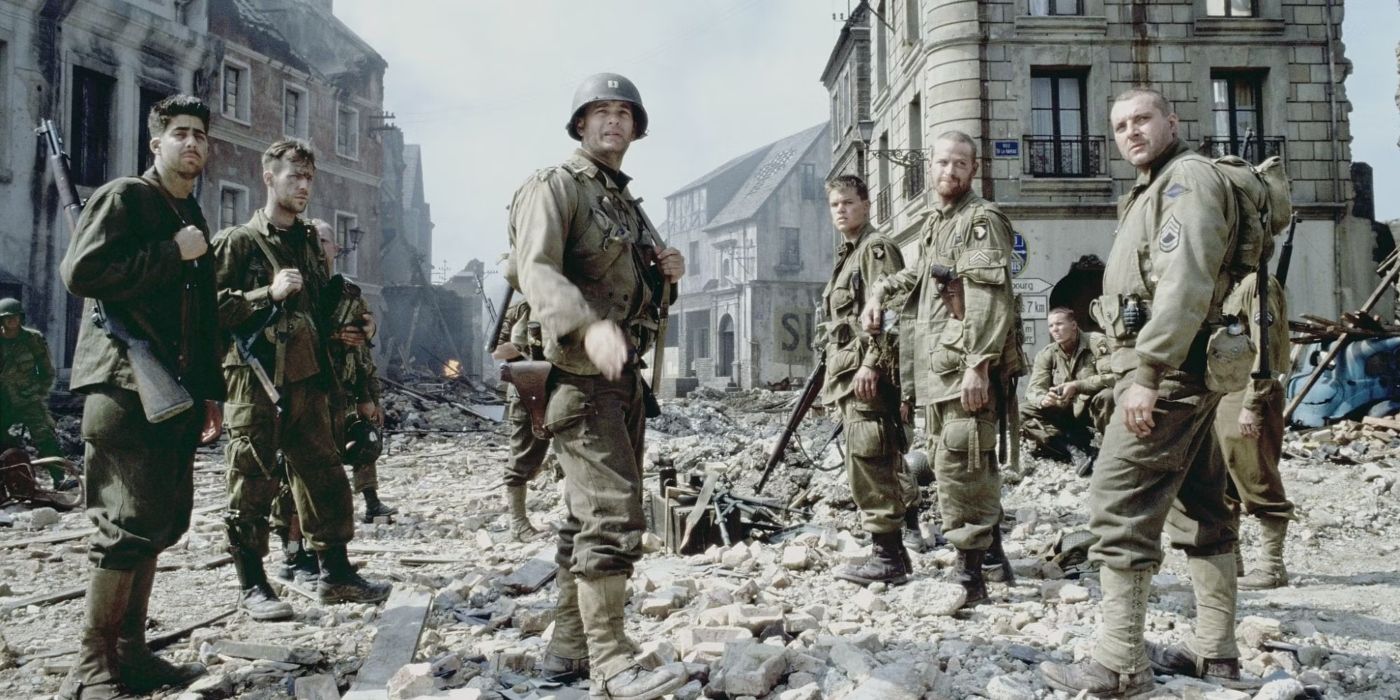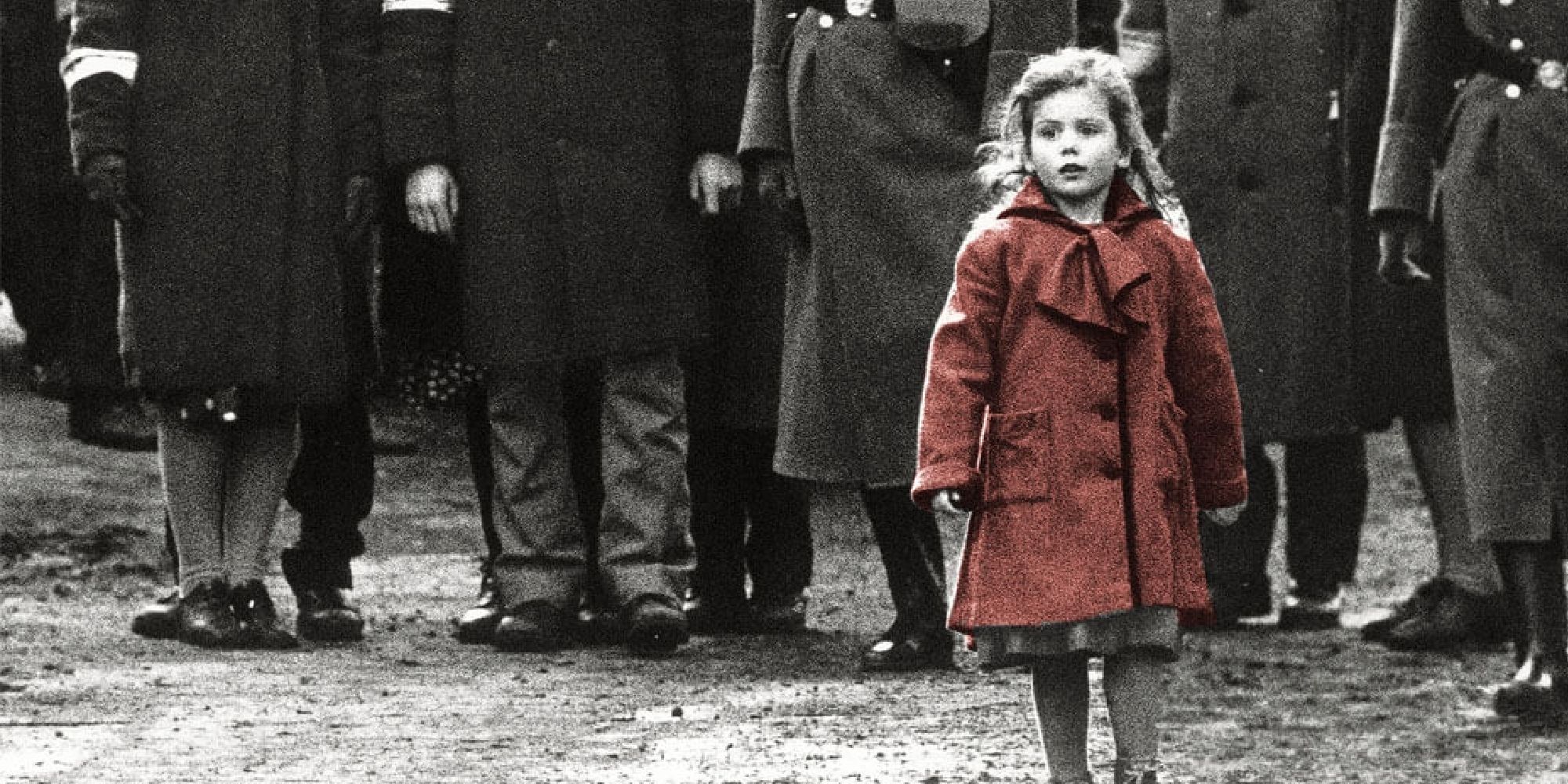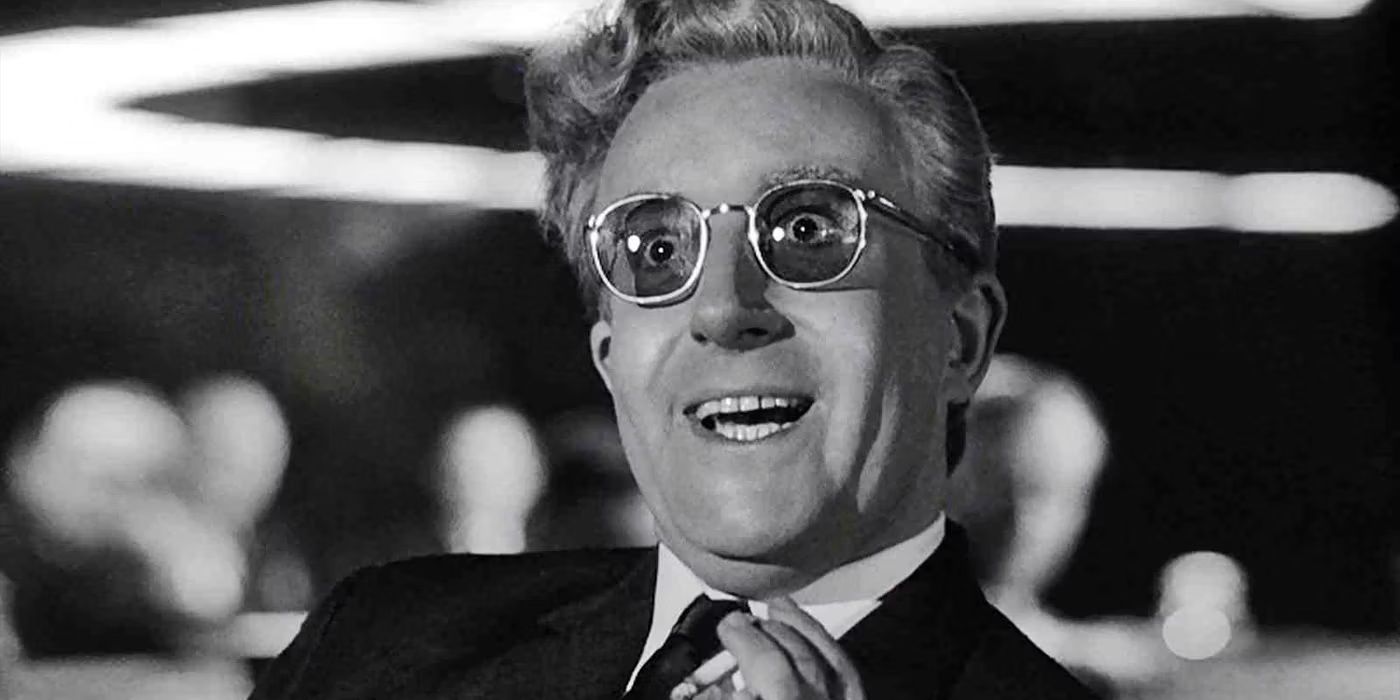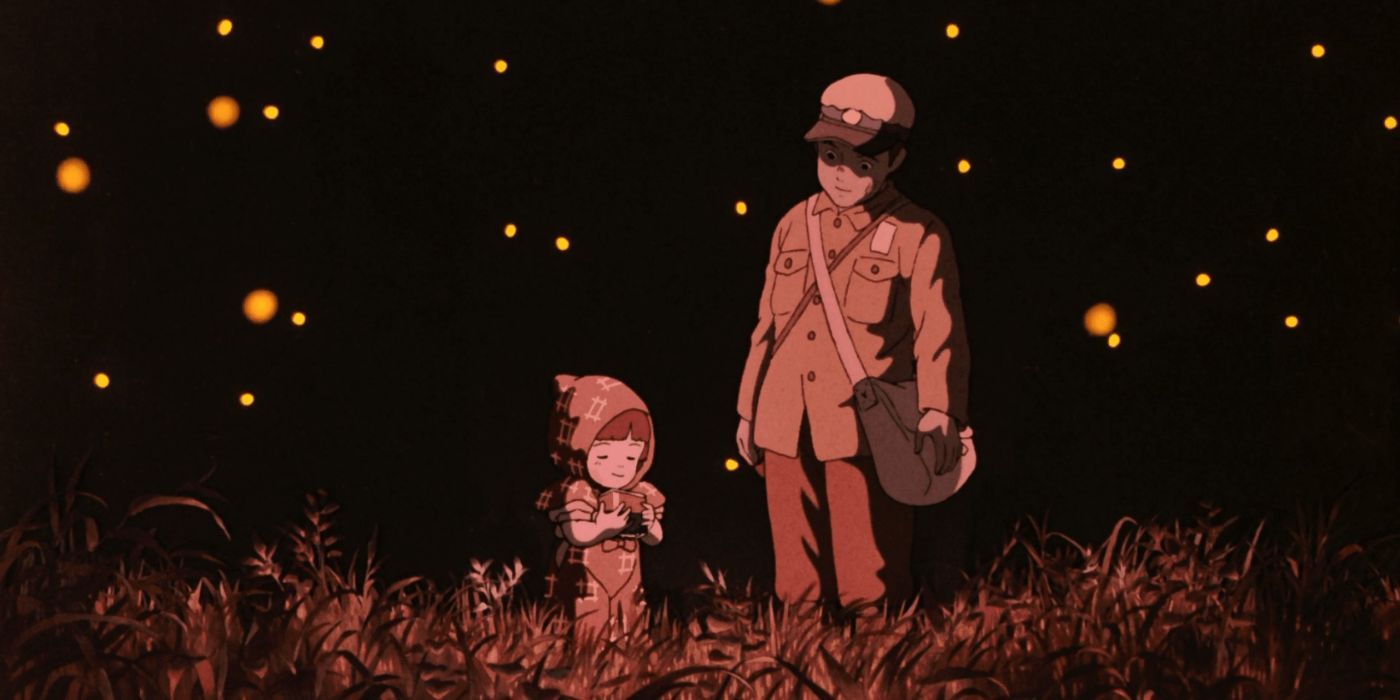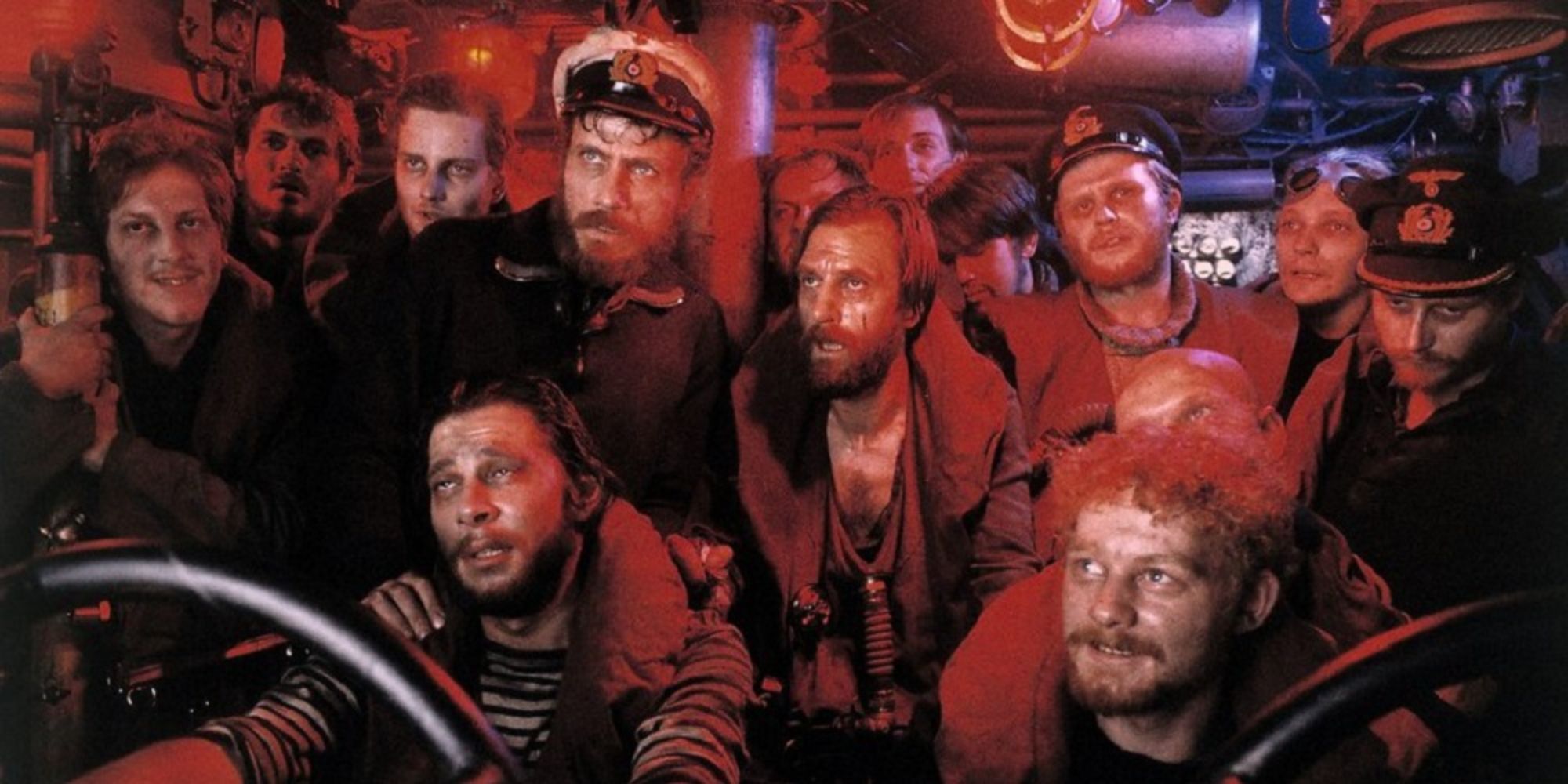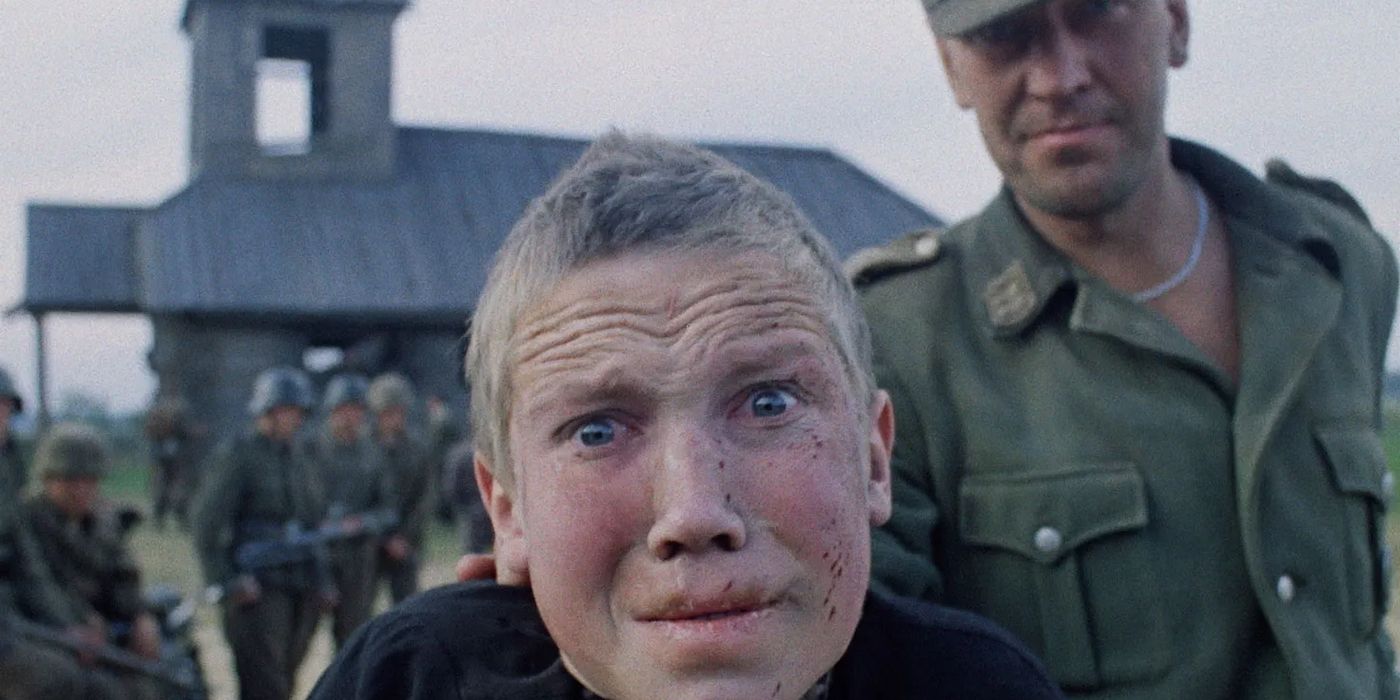Grueling and shocking, yet uniquely captivating and ceaselessly important, war films mark a spellbinding and often shattering bastion of cinematic entertainment with their powerful portrayals of historical conflicts that present humanity both at its savage worst, and its sacrificial best. From tales of heroism and valor on the front lines to harrowing depictions of civilian life during times of conflict, the greatest war movies have always had an ability to present moving stories that provide resonance and emotion while still condemning war for what it is.
Given that war cinema goes back to the earliest days of the medium, it should come as no surprise that there is a stunning surplus of exceptional pictures to choose from, with some incredible titles like The Grand Illusion, Full Metal Jacket, The Battle of Algiers, and the criminally underrated The Human Condition trilogy narrowly missing out. The 10 films that did make the cut consist of everything from ageless epics to contained and brutal dramas, ranging from some of America’s greatest ever pictures to defining highlights of international cinema.
10 ‘Lawrence of Arabia’ (1962)
Directed by David Lean
An epic in every sense of the word, few films have even dared to utilize the sprawling scope that makes Lawrence of Arabia such an awe-inspiring and hypnotic viewing experience. The biographical war film follows the exploits of British lieutenant T.E. Lawrence (Peter O’Toole), focusing on his efforts to unify the feuding Arab tribes and rally them to fight against the Turks during the First World War.
Renowned for its gargantuan runtime, its phenomenal cinematography that displays the desert in all its punishing yet beautiful grandiosity, and its array of exceptional performances, Lawrence of Arabia is regarded by many to be among the best movies of all time of any genre. It stands as David Lean’s definitive masterpiece, even surpassing other war epics like The Bridge on the River Kwai and Doctor Zhivago.
Watch on Amazon
9 ‘Apocalypse Now’ (1979)
Directed by Francis Ford Coppola
The fourth and final of Francis Ford Coppola’s fantastic films of the 1970s, Apocalypse Now is heralded by many to be the greatest depiction of the Vietnam War ever put to screen. It is easy to see why, with the film running as an ominously entrancing descent into the maniacal terror of war as it follows a small crew of American soldiers sent on a covert mission into Cambodia to assassinate the rogue Colonel Kurtz (Marlon Brando) who is revered as a god by his followers.
Its mounting sense of isolation and its feverish atmosphere imbue Apocalypse Now with an aura of a dark and twisted fantasy, one that only intensifies the closer Captain Willard (Martin Sheen) and his squad get to completing their assignment. Audacious, harrowing, and strikingly unforgettable, it is one of the best and most disturbing depictions of war that cinema has ever seen.
Watch on Plex
8 ‘Paths of Glory’ (1957)
Directed by Stanley Kubrick
While it isn’t the first of Stanley Kubrick’s efforts in war cinema – that honor goes to the enigmatic and challenging Fear and Desire – Paths of Glory does stand as one of the director’s strongest films in the genre. A blistering indictment on military operations, it transpires during WWI as three French soldiers stand trial for their battalions’ refusal to continue a suicide mission. With the death penalty awaiting them, Colonel Dax (Kirk Douglas) agrees to defend the three men against charges of cowardice.
It is a skewering parable about power and political posturing, and the injustice of the consequences such lofty aspirations often bring. Kubrick, who was typically a very cold and observational director, imbues the film with an impassioned, emotional rage that boils throughout the brisk 88-minute runtime. Marrying the frustration with impressive and innovative depictions of trench warfare, Paths of Glory is a particularly rousing and powerful antiwar film that set a new standard for how war could be presented on screen.
Watch on Amazon
7 ‘Saving Private Ryan’ (1998)
Directed by Steven Spielberg
There has never been a representation of the frenzied chaos and utter carnage of battle quite like the famous opening sequence from Saving Private Ryan. It is a harrowing and brutal depiction of the D-Day invasion that shows a terrible waste of human life in raw and unflinching detail. The remainder of the Steven Spielberg war epic tracks a small squad of American soldiers tasked with locating a private, the last of four brothers who fought in the war, so he can return home to his mother.
Crashing from one intense battle sequence to the next, while still finding time to meditate on the worth of a soldier and the validity of Captain Miller’s (Tom Hanks) mission, Saving Private Ryan anchors its spectacle in strong performances and incredibly realistic combat sequences to be an exhausting yet spectacular war film. It stands tall among the greatest American war pictures ever made, with its battle scenes yet to be surpassed in terms of sheer magnitude, impact, and execution.
Watch on Amazon
6 ‘Schindler’s List’ (1993)
Directed by Steven Spielberg
From one Steven Spielberg classic to another, Schindler’s List offers an important though distressing look at life inside the Nazi concentration camps. The harrowing biopic analyzes the heroics of Oskar Schindler (Liam Neeson), a German businessman with ties to the Nazi party who uses his influence to recruit Jewish prisoners as workers in his factories, thus sparing them from certain death in the camps.
Spielberg excels at presenting the violent and inhumane horrors of the Holocaust in unflinching detail while still giving the picture a tender undertone of hope against all odds. His creative decisions, namely the black and white cinematography, are striking and effective, all contributing to making Schindler’s List the quintessential Holocaust film, one that everyone must see at least once. Its cultural resonance has not waned one bit in the 30+ years since its release, with it remaining a vitally important reflection on one of the darkest chapters in human history.
Rent on Amazon
5 ‘Dr. Strangelove’ (1962)
Directed by Stanley Kubrick
Sometimes the absurdity of war can’t be adequately explored in dramatic storytelling. That is where the peculiar marriage of war themes and comedic cinema can prove to be so effective. There is no greater example of this genre clash working to such great a degree as Dr. Strangelove, a skewering satire of the Cold War that transpires as a rogue general launches a nuclear attack on the Soviet Union, leaving the politicians scrambling as they try to avoid nuclear war.
A cynically hilarious indictment on politics, the safeguards of the Pentagon, Cold War paranoia, and communications between nations, Dr. Strangelove is a war movie of unequaled satirical wit. Peter Sellers thrives in his three roles in the film, while George C. Scott is hilarious as the all-American military advisor General Buck Tergidson. It is not only one of the best war movies ever made, but is also among the greatest comedies of all time as well.
Watch on Amazon
4 ‘Grave of the Fireflies’ (1989)
Directed by Isao Takahata
The vast majority of war films focus on the experiences of soldiers, or maybe even the ordeals faced by politicians, but too few portray the harrowing situations civilians trapped in warzones are forced to endure. Grave of the Fireflies is a heart-wrenching classic for its endeavor to do exactly that. It follows a teenager struggling to care for his little sister when the duo’s mother dies in an allied firebombing, and they become outcasts of their distant aunt’s rural community as rations and resources quickly dissipate.
A powerful story of humanity and hope that is both deft and devastating, Grave of the Fireflies is a brilliantly told story complemented by Studio Ghibli’s trademark animation that provides a gorgeous and arresting visual treat. While it is widely regarded as a film too upsetting to watch twice, it is quite possibly the greatest ever depiction of civilian life during war and is among the finest feats in animated cinema as well.
Watch on Netflix
3 ‘Das Boot’ (1981)
Directed by Wolfgang Petersen
A German war film that many would view as the best movie of the 1980s, Das Boot is a captivating and atmospherically intense depiction of life in a German U-boat during WWII. Led by a grizzled though noble captain, the crew patrol the Atlantic Ocean, battling allied vessels between extended bouts of claustrophobic isolation which pushes the men on the submarine to breaking point.
Whatever reservations audiences may have coming into the film detailing the wartime experiences of Nazi soldiers are gradually withered away by intelligent writing, strong performances, and a sublime sense of contained thrills. Das Boot forces viewers to endure every agonizing moment of suspense, with Wolfgang Petersen’s direction instilling the pressurized confines of the submarine upon audiences with nerve-shattering expertise. A devastating war film, Das Boot is quite possibly the best movie about the Nazis that has ever been made, one that thrives with its humanity, palpable desperation, and its scorching antiwar sentiment.
Watch on Fubo
2 ‘Come and See’ (1985)
Directed by Elem Klimov
One of the greatest aspects of war cinema is its ability to depict the horrors of war in such distressing and disturbing fashion that viewers walk away, initially shocked, but with a greater appreciation for how terrible, heinous, and inhumane war can be. There is perhaps no film that enunciates this point quite like Come and See. Another international gem from the 1980s, the Soviet film follows a young and hopeful resistance fighter whose naivety and child-like ideal of heroism is gradually shattered by his experiences in close proximity with the SS.
The entire film is a bleak and confronting depiction of WWII, but its climactic sequence, in which an SS battalion attack a small village, is quite possibly the most brutal and harrowing event cinema has ever seen. As a result, Come and See makes a powerful impression on viewers, and there are very few who would watch it twice, but as a raw and unflinching portrayal of war, it is unparalleled.
Watch on Criterion
1 ‘Casablanca’ (1942)
Directed by Michael Curtiz
A wartime classic defined by its incredible wit, its mesmerizing performances, its enduring status, and its mastery of cinematic storytelling, Casablanca stands among the greatest achievements in film history of any genre. It follows an American nightclub owner in Casablanca during the Second World War as he comes into the possession of vital letters of transit which can help his former lover, Ilsa (Ingrid Bergman), and her husband, an inspirational resistance leader being hunted by the Nazis.
While the film primarily focuses on the central love triangle and offers a sublime spectacle of acidic wit, character drama, and strained morality, it also excels at examining the turmoil and angst many civilians experienced as they hoped to emigrate from Europe during the war. It may not be the most cutting or brutal depiction of WWII in cinematic history, but it utilizes important themes of the conflict to marvelous effect while presenting a story that is among the greatest the medium has ever seen.


